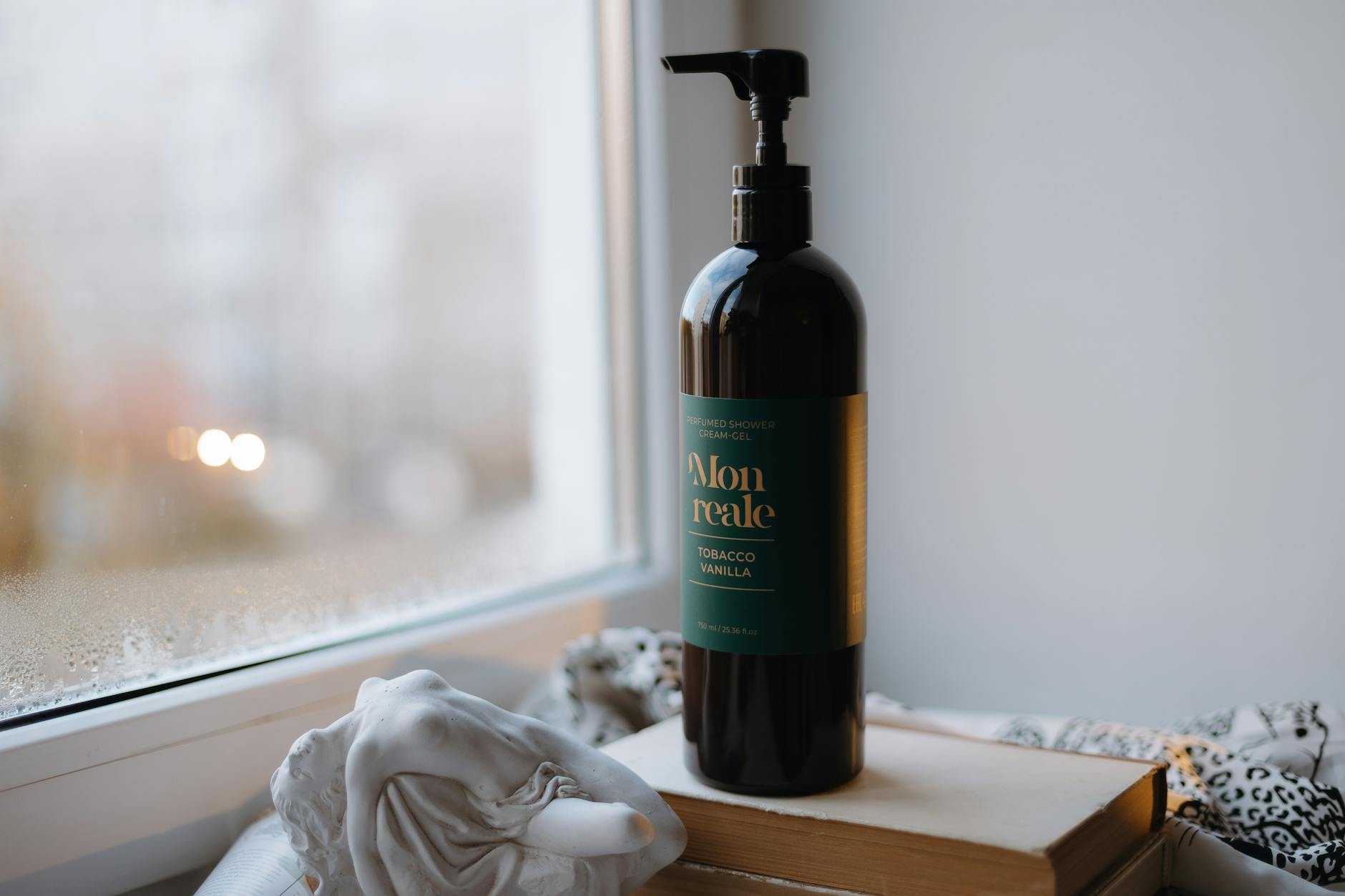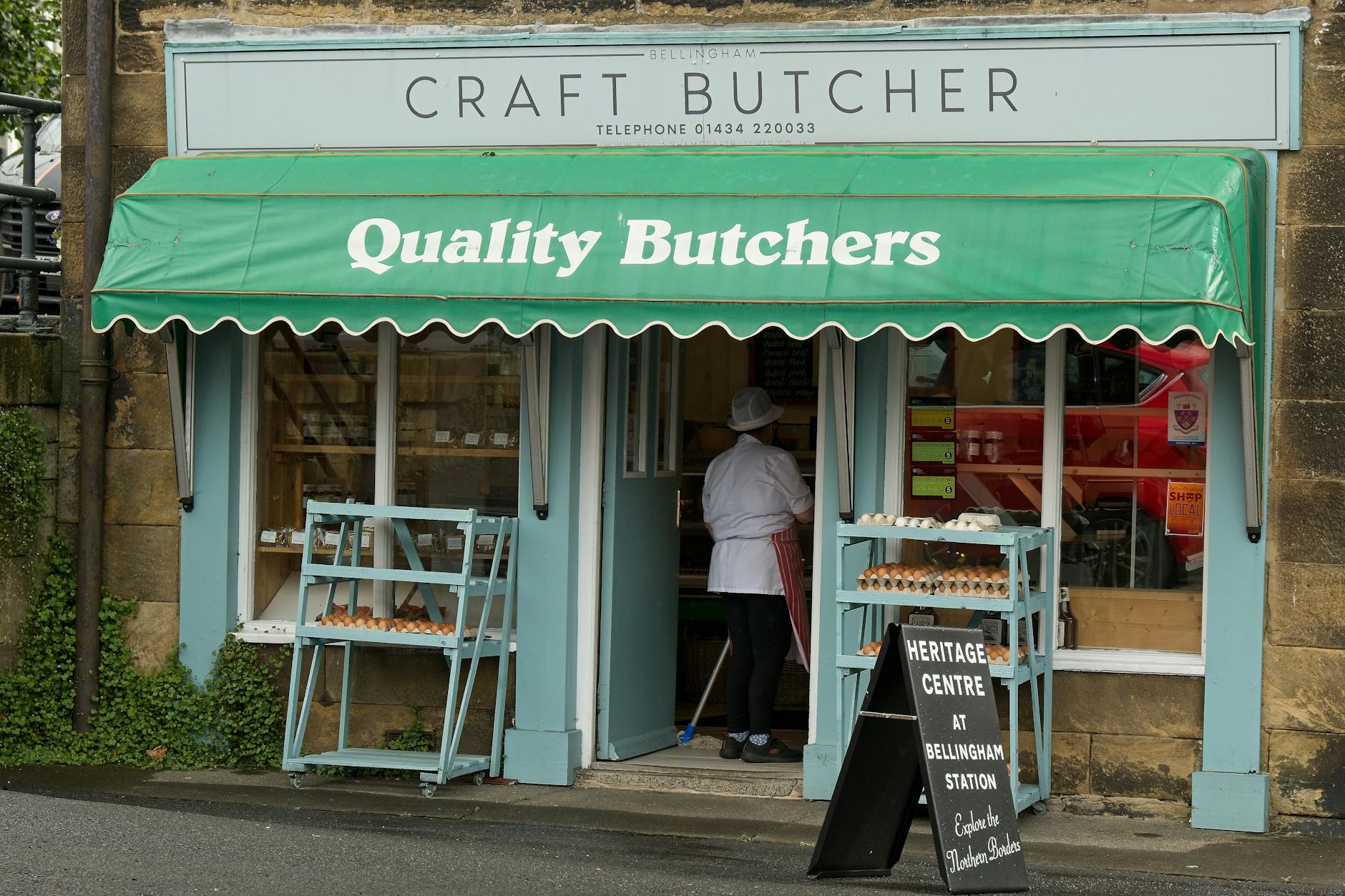The Evolving Aroma: Beyond Vanilla and Caramel, How Neo-Gourmand Fragrances Are Redefining Scent
A Shift from Sweet Indulgence to Complex Olfactory Narratives
For decades, the perfume industry has been captivated by the irresistible allure of gourmand fragrances. These scents, rich with notes of vanilla, caramel, chocolate, and fruits, evoke a sense of comfort, indulgence, and childlike delight. They are the olfactory equivalent of a decadent dessert, a sensory escape into a world of sweetness. However, as consumer tastes mature and the landscape of scent exploration broadens, a new category is emerging, challenging the very definition of “gourmand.” Welcome to the era of Neo-Gourmand fragrances – a nuanced evolution that moves beyond simple sweetness to embrace complexity, unexpected ingredients, and a more sophisticated olfactive narrative.
The term “neo-gourmand” itself suggests a departure from the traditional. It implies a reinterpretation, a modern twist on a beloved classic. While the foundational elements of edible or dessert-like notes remain, neo-gourmand perfumes venture into uncharted territory, incorporating elements that are surprising, unconventional, and often, quite challenging. This isn’t about abandoning the comfort of familiar sweetness, but rather about layering it with other sensory experiences, creating scents that are as intellectually engaging as they are pleasing to the nose. This shift reflects a broader trend in consumerism: a desire for authenticity, complexity, and experiences that go beyond the superficial.
Context & Background
The rise of traditional gourmand fragrances can be traced back to the late 1990s and early 2000s, with iconic releases like Thierry Mugler’s Angel. Angel, with its prominent notes of chocolate, vanilla, and caramel, was a game-changer, ushering in an era where sweet, dessert-like scents dominated the market. This trend continued with the popularity of fragrances like Lancôme’s La Vie Est Belle and Dior’s J’adore, which, while not strictly gourmand, often incorporated sweet elements that appealed to the prevailing taste. These fragrances tapped into a desire for accessible, comforting, and undeniably pleasurable scents.
However, as with any dominant trend, a sense of saturation eventually set in. Consumers began to seek out fragrances that offered something more, something that differentiated them from the ubiquitous sweetness. This desire for novelty and individuality paved the way for the emergence of neo-gourmand. The perfumers at the forefront of this movement started to experiment, drawing inspiration from a wider spectrum of sensory experiences. They began to question what “gourmand” truly meant. Could it encompass savory notes? Could it extend to the textures and aromas found in less conventionally “delicious” foods? The answer, it seems, was a resounding yes.
This evolution is also a reflection of broader cultural shifts. In an increasingly complex and often overwhelming world, people are seeking moments of sensory grounding and intellectual stimulation. They are more educated about ingredients, more aware of the artistry involved in perfumery, and more willing to embrace scents that challenge their perceptions. The internet and social media have played a significant role in this, democratizing fragrance knowledge and fostering communities of enthusiasts who dissect and discuss scent profiles in intricate detail. Websites like TrendHunter.com, which documented the initial rise of neo-gourmand trends, highlighted this growing interest in olfactory innovation, showcasing fragrances that dared to be different.
In-Depth Analysis: The Unconventional Palette of Neo-Gourmand
The defining characteristic of neo-gourmand lies in its audacious blending of the familiar with the unexpected. While traditional gourmands often feature a straightforward bouquet of vanilla, chocolate, and caramel, neo-gourmands weave in notes that might not typically be associated with dessert, yet contribute to a complex and intriguing aroma. These can include:
- Savory Notes: Think of the earthy, slightly nutty aroma of mushrooms, the smoky depth of roasted nuts, or even the subtle salinity of certain spices. These elements add a grounding, sophisticated layer that prevents the fragrance from becoming overly sweet or cloying. For instance, a fragrance might combine the richness of tonka bean with the earthy, almost truffle-like scent of certain mushroom accords, creating an aroma that is both comforting and mysteriously earthy.
- Umami Flavors: The concept of umami, often described as a savory “fifth taste,” is finding its way into perfumery. This can translate to notes that are rich, savory, and deeply satisfying, such as those derived from fermented ingredients, certain vegetables, or even the deep, dark notes of coffee that have been roasted to a point of almost caramelized bitterness.
- Textural Aromas: Neo-gourmands can also play with the idea of scent as texture. This might involve notes that evoke the dry, powdery feel of baked goods, the sticky sweetness of toffee, or the crispness of a fresh pastry. This textural dimension adds another layer of sensory engagement, making the fragrance feel more tangible.
- Spicy and Herbal Accents: While traditional gourmands might use subtle spices like cinnamon or vanilla, neo-gourmands often embrace more assertive spices like black pepper, cardamom, or even the slightly medicinal but intriguing aroma of certain herbs. These add a vibrant, sometimes even slightly challenging, edge that cuts through the sweetness.
- Animalic Undertones: In some cases, neo-gourmands may incorporate subtle animalic notes, such as castoreum or civet (often in synthetic, cruelty-free forms). These notes, when used sparingly, can add a sensual, leathery, or even slightly musky dimension that lends depth and complexity, preventing the scent from becoming flat or one-dimensional.
The perfumers behind these creations are not simply throwing disparate ingredients together. There is a deliberate artistry in the construction of these fragrances. They are often built around a central gourmand theme, but then layered with these unconventional notes to create a narrative. For example, a fragrance might start with a familiar opening of vanilla and milk, but then evolve into a heart of roasted almonds and a base of earthy patchouli and a hint of mushroom. This creates a journey for the wearer and those around them, a scent that unfolds and reveals its complexity over time.
The appeal of these fragrances lies in their ability to surprise and engage. They offer a sophisticated take on indulgence, appealing to a consumer who appreciates nuance and is not afraid to experiment. It’s about the olfactory equivalent of a perfectly crafted dish that balances sweet, savory, and even a touch of bitter, creating a harmonious and memorable experience.
Pros and Cons
The rise of neo-gourmand fragrances presents a compelling shift in the perfume landscape, offering both distinct advantages and potential drawbacks.
Pros:
- Innovation and Creativity: Neo-gourmand fragrances push the boundaries of traditional perfumery, encouraging greater creativity and innovation from perfumers. This leads to unique and memorable scent profiles that stand out in a crowded market.
- Sophistication and Complexity: By incorporating a wider range of notes, these fragrances offer a more sophisticated and layered olfactory experience. They move beyond simple sweetness to explore nuanced, multi-dimensional aromas.
- Broader Appeal: The inclusion of savory, spicy, and earthy notes can appeal to a wider demographic, including those who may find traditional gourmands too sweet or cloying. They offer a more adult and refined take on edible-inspired scents.
- Sensory Exploration: Neo-gourmands invite a deeper sensory exploration, prompting wearers to consider the connection between scent, taste, and texture in new ways. This can lead to a more engaging and intellectual appreciation of fragrance.
- Divergence from Mainstream: For consumers seeking individuality and a departure from mass-market trends, neo-gourmands offer a distinctive olfactory signature.
Cons:
- Acquired Taste: The unconventional notes found in neo-gourmands may not be universally appealing. Some consumers might find certain combinations challenging or unappetizing, especially if they are accustomed to more traditional sweet fragrances.
- Potential for Misinterpretation: The inclusion of notes like mushrooms or savory elements could be misinterpreted by some, leading to a perception that the fragrance is “off” or unpleasant if not understood within the context of neo-gourmand perfumery.
- Niche Market: While growing, the neo-gourmand trend may still cater to a more niche segment of the fragrance-buying public compared to the broad appeal of classic gourmand scents.
- Marketing Challenges: Effectively communicating the appeal of such unconventional scents to a wider audience can be a challenge for brands, requiring careful storytelling and education.
- Potential for Overly Experimental: In the pursuit of novelty, some neo-gourmand creations might venture too far into challenging territory, sacrificing wearability for the sake of innovation.
Key Takeaways
- Neo-gourmand fragrances represent an evolution from traditional gourmand scents, moving beyond simple sweetness to incorporate complex and often unconventional notes.
- Key differentiating notes include savory elements, umami flavors, textural aromas, assertive spices, and subtle animalic undertones.
- This trend reflects a consumer desire for sophistication, innovation, and a more nuanced sensory experience in perfumery.
- Perfumers are using a wider palette of ingredients to create layered and narrative-driven scents that challenge perceptions of what a “gourmand” fragrance can be.
- While offering unique olfactory experiences and broader appeal to those seeking complexity, neo-gourmands may represent an acquired taste for some and present marketing challenges.
Future Outlook
The trajectory of neo-gourmand fragrances suggests a continued exploration of olfactory boundaries. As consumers become increasingly desensitized to straightforward sweetness and more adventurous in their scent preferences, perfumers are likely to push the envelope even further. We can anticipate a greater integration of more abstract concepts into fragrance creation, moving beyond literal interpretations of food to evoke broader sensory and emotional experiences.
The lines between fragrance categories may continue to blur. Expect to see more “savory-gourmands” that lean heavily into notes like roasted vegetables, cured meats (in abstract aromatic terms, of course), or even the mineralic scent of wet earth. The concept of “terroir” in scent – the idea that a fragrance can capture the essence of a place through its specific aromatic components – might also become more pronounced within the neo-gourmand movement, with ingredients sourced from particular regions and combined to tell a story of origin.
Furthermore, advancements in the understanding of aroma molecules and the increasing availability of ethically sourced and synthetic ingredients will undoubtedly fuel further innovation. Perfumers will have even more tools at their disposal to create scents that are both surprising and harmonious, pushing the definition of what is considered “delicious” in the world of fragrance. The focus on transparency and storytelling will likely intensify, with brands sharing more about the inspiration and creation process behind these complex scents, further educating and engaging consumers.
The neo-gourmand movement is not just a fleeting trend; it signifies a maturing of the fragrance consumer and a testament to the enduring power of scent to evoke emotion, tell stories, and create unique sensory experiences. It’s a testament to the fact that even in the realm of perfume, evolution and adaptation are key to staying relevant and exciting.
Call to Action
For those intrigued by the evolving landscape of scent, the neo-gourmand category offers a compelling invitation to explore beyond the familiar. We encourage you to seek out these innovative fragrances and experience firsthand the nuanced artistry that defines them. Visit your local perfumery, explore online fragrance communities, and don’t shy away from scents that promise a departure from the conventional. Engage with the descriptions, read reviews, and most importantly, trust your own olfactory senses. Which neo-gourmand fragrance will be your next olfactory discovery? Share your experiences and recommendations in the comments below, and let’s continue the conversation about the future of scent.









